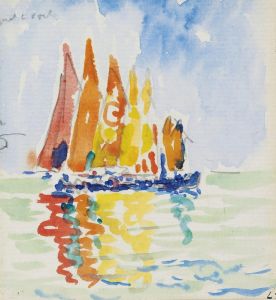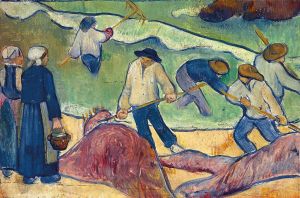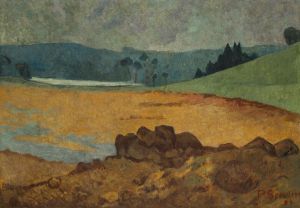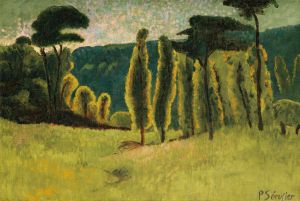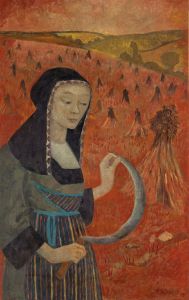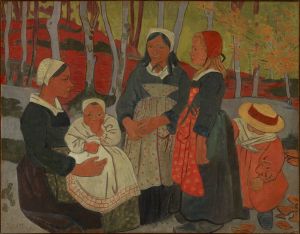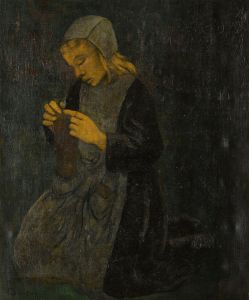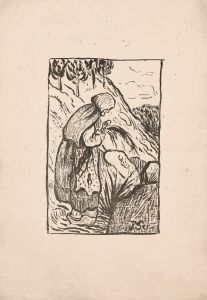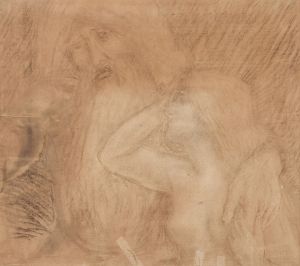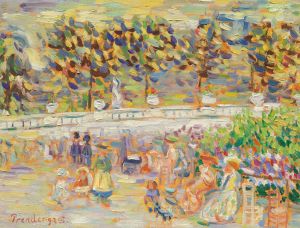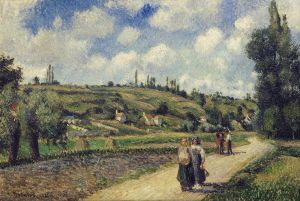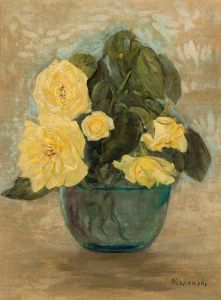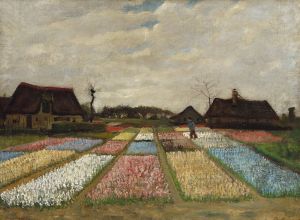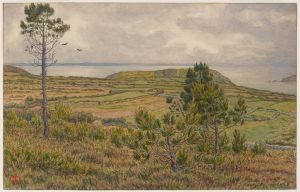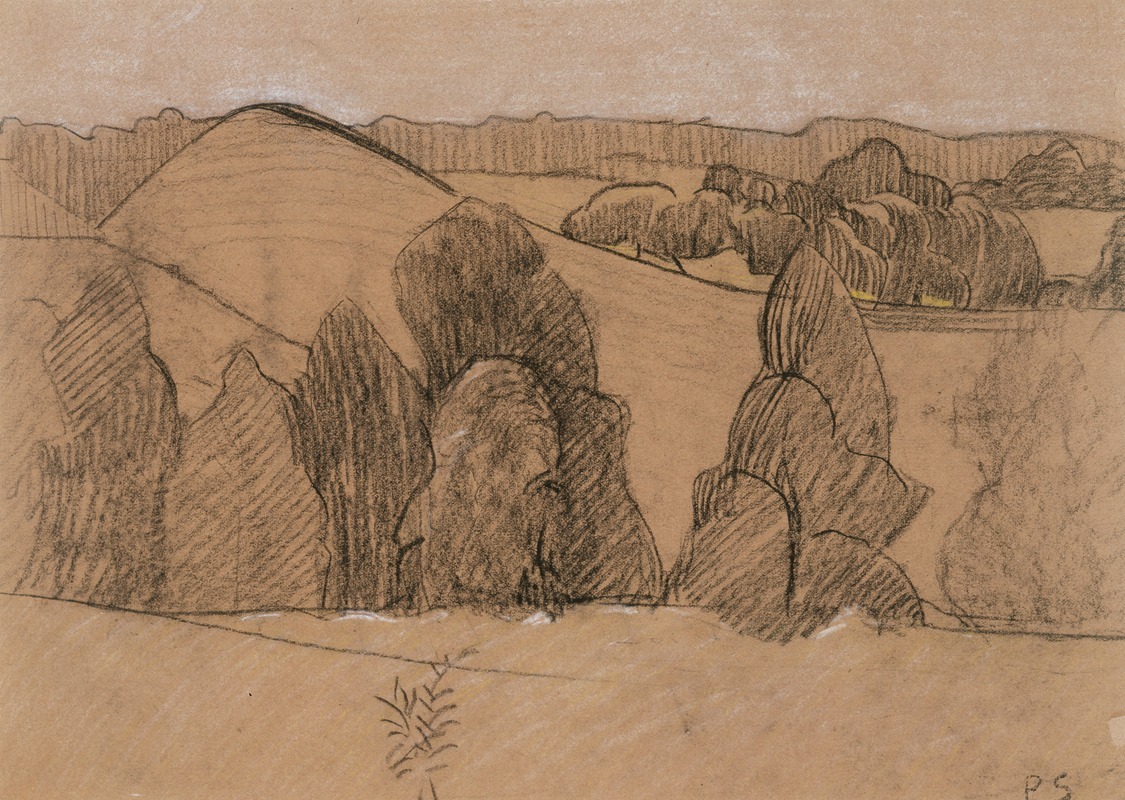
Landscape in Brittany
A hand-painted replica of Paul Sérusier’s masterpiece Landscape in Brittany, meticulously crafted by professional artists to capture the true essence of the original. Each piece is created with museum-quality canvas and rare mineral pigments, carefully painted by experienced artists with delicate brushstrokes and rich, layered colors to perfectly recreate the texture of the original artwork. Unlike machine-printed reproductions, this hand-painted version brings the painting to life, infused with the artist’s emotions and skill in every stroke. Whether for personal collection or home decoration, it instantly elevates the artistic atmosphere of any space.
"Landscape in Brittany" is a painting by the French artist Paul Sérusier, created in 1893. Sérusier was a prominent figure in the Post-Impressionist movement and a key member of the group known as Les Nabis, which included artists like Pierre Bonnard and Édouard Vuillard. The Nabis were influenced by Paul Gauguin and sought to break away from the naturalism of Impressionism, focusing instead on symbolic content and the use of bold colors and simplified forms.
The painting depicts a rural scene in Brittany, a region in the northwest of France known for its distinct cultural identity and picturesque landscapes. Sérusier had a deep connection with Brittany, having spent considerable time there, particularly in the village of Pont-Aven, which was a popular gathering place for artists. The region's unique light, traditional Breton culture, and unspoiled nature provided rich inspiration for many artists of the time.
"Landscape in Brittany" exemplifies Sérusier's mature style, characterized by the use of flat, unmodulated areas of color and a decorative approach to composition. The painting features a harmonious blend of natural elements, including trees, fields, and a river, rendered in a simplified and stylized manner. Sérusier's use of color is particularly notable; he employs a palette of vibrant greens, blues, and earth tones to convey the lushness and tranquility of the Breton countryside.
The influence of Paul Gauguin is evident in "Landscape in Brittany," particularly in the way Sérusier uses color to evoke mood and atmosphere rather than to depict the scene realistically. This approach reflects the broader aims of the Nabis, who sought to express inner emotions and spiritual truths through their art. Sérusier's work often incorporates symbolic elements, and while "Landscape in Brittany" appears to be a straightforward depiction of nature, it also invites viewers to contemplate the deeper, more mystical aspects of the landscape.
Paul Sérusier's contributions to the Post-Impressionist movement and his role in the development of modern art are significant. His work, including "Landscape in Brittany," helped pave the way for later developments in abstract art and the use of color as an expressive tool. The painting is an important example of Sérusier's artistic philosophy and his ability to transform everyday scenes into compositions of profound beauty and meaning.
Today, "Landscape in Brittany" is held in high regard and is part of the collection of the Musée d'Orsay in Paris, which houses many masterpieces of 19th-century art. The painting continues to be celebrated for its innovative use of color and form, as well as its ability to capture the essence of the Breton landscape in a way that transcends mere representation.





